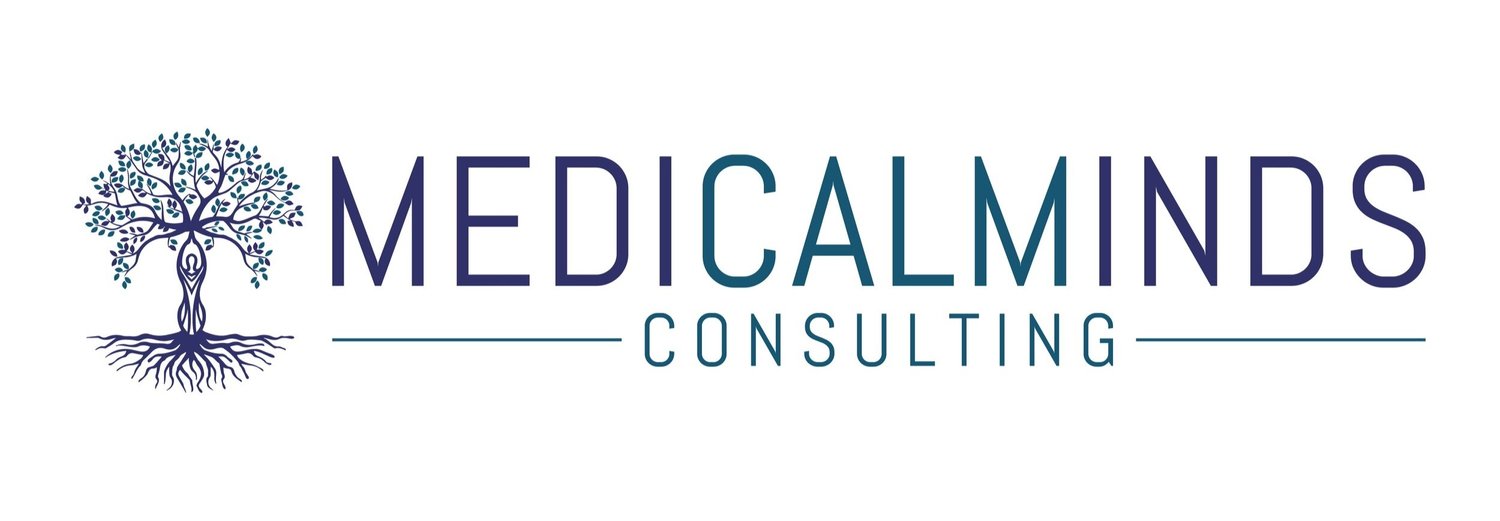Confessions of an X-Ray Thief
Like most people, doctors are resistant to changes. They like to do things as they were taught. As they initially learned and practiced them. Although they will eventually change when something that is clearly better comes along. Or when it’s forced upon them.
There have been changes to how residents are taught, with the hours they work. There has traditionally been a lot of pushback to this. The unhealthy pushback goes like this: “I was trained that way. I’m fine. I survived, they can survive too!” The healthier pushback also has concerns: “If they work fewer hours, they’ll see less patient care, participate in fewer surgeries, and not see the same evolution of a patient’s condition, following the clinical course from beginning to end. This could hurt their eventual knowledge base and clinical acumen.”
One very big change that occurred during my time in practice wasn’t physician-driven. It was technology driven. The change to digital xrays. This started in the mid-’90s and was gradual at first. There were concerns about the cost and the need for additional training to use and read digital xrays. And some doctors were reluctant to switch from what they were comfortable with, no longer being able to hold an X-ray in front of a lamp for details. The xrays also looked different, the definition and contrast were different.
When I was a resident, we did not have digital xrays. We only had one set that was exposed to film and printed, just like a regular personal camera. Except no negatives were made, so if the film was lost, so was the image.
When on call, it was the JOB of the least senior member of the call team to steal those xrays. Yes, theft was a major part of my training. It was the source of stress, subterfuge, and occasionally humor.
We were generally lighthearted about the thievery. It was regarded as a necessary evil. We seldom worried about the occasional raids by the radiology file room to “take back the films” from our call room and usually laughed about it after, as it almost always occurred when the films were no longer needed for patient care.
That set was needed to show to their upper-level residents during the night, the entire ortho team during AM X-ray rounds, and the attendings. The set demonstrated what the on-call team had done during the night and also which patients were admitted overnight and still needed to have surgery planned and on what.
Those xrays were also needed by the radiology residents to go over with their attendings the day after their call, for the official radiology reading for which they got paid.
There was only one precious set. Ortho needed them. Radiology needed them. And if the films went into the file room, they couldn’t be found for days. So there was an inherent tension between the residents. Radiology didn’t want them removed from the department, Ortho had to take them.
It was not uncommon to go by the ER X-ray board and see pieces of paper hung instead of xrays. The paper said, “stolen by ortho”. Meaning no one could read them until the ortho team gave them up. Which they couldn’t do until they were shown either to chief residents or the attendings. Experience had taught the ortho residents that trusting in either radiology or the file room to locate and release the films the next day would result in no films to show. Followed by condemnation for failure to perform your job duties adequately.
I am not kidding when I say this was a significant source of stress during the on-call nights. X-rays had to be stolen, to go to the OR or shown the next day. X-ray techs in the OR had to be sweet-talked to leave the films taken there. In retrospect, this may also have caused some stress to the radiology residents who had nothing to show for their attendings. I always felt a little guilt over this, but wasn’t willing to sacrifice myself for them. (To be honest, most were pretty accepting of the practice.)
But those days are over. Gone. Puff. Now all patients’ xrays can be accessed by any computer station, at home or in the hospital. (Although I’m sure another source of stress for residents has moved into the slot it once occupied.) The new order is clearly more efficient and flexible. We all got used to reading the subtle changes in xrays over time as well.
This change also affected the oral boards. When I took the boards you could tell who was there to take the boards vs administer the boards. For one thing, those taking the boards looked much more stressed. They also carried giant folders or cases of xrays. Carried on the plane. All organized by case and in order. Now it is all uploaded onto the board system from home.
Change in training is possible, inevitable even. We should be looking toward shaping that change rather than being shaped by it. And we should particularly be looking to change those items/job duties/activities that add stress but offer no educational value.
I did not need to learn to be a thief to be a good doctor. But we didn’t know how else to safely manage the xrays and therefore the patients (and also the attendings). Change is inevitable. And sometimes those changes are very very good, breaking old patterns and practices that were not helpful and creating something better.
And my apologies to twentieth-century radiology residents everywhere.

























